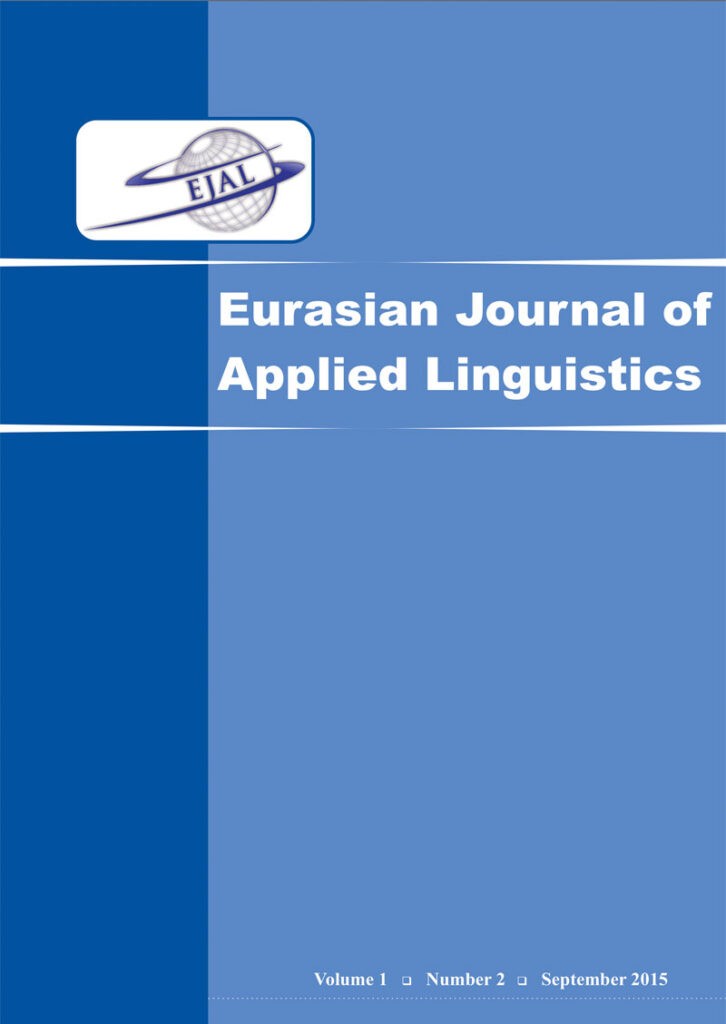Dilara Arpacı
Hacettepe University
Hacettepe University
Keywords:Glossing, vocabulary learning, gloss types
Abstract
This study was conducted to investigate the effects of different types of glosses and no-gloss condition on second language vocabulary learning. There were totally 81 high school students involved in the study, and they were randomly divided into three groups: L1-gloss group, L2-gloss group, and No-gloss group. These three groups were subjected to three main tests: reading comprehension test, immediate vocabulary test, and delayed vocabulary test. They were also asked to complete a student opinion questionnaire to examine their opinions about the use of the glosses and the types of glosses. In order to find out the differences in these test scores for three different groups, a one-way between-groups ANOVA with planned comparisons and a mixed between-within ANOVA were conducted. Secondly, word retention was tested by looking at the difference in the number of words gained between immediate vocabulary test and delayed vocabulary test again through the same mixed between-within ANOVA. Results indicated that there was a significant difference between glossed and no gloss groups on each test. For each condition, L1 gloss group had the highest mean score followed by L2 gloss group. It was also found that there was a significant decrease in the scores for each gloss condition after a two-week time interval. The results of the student opinion questionnaire revealed that students prefer glosses in reading texts by mostly favouring L1 glosses over L2 glosses.

